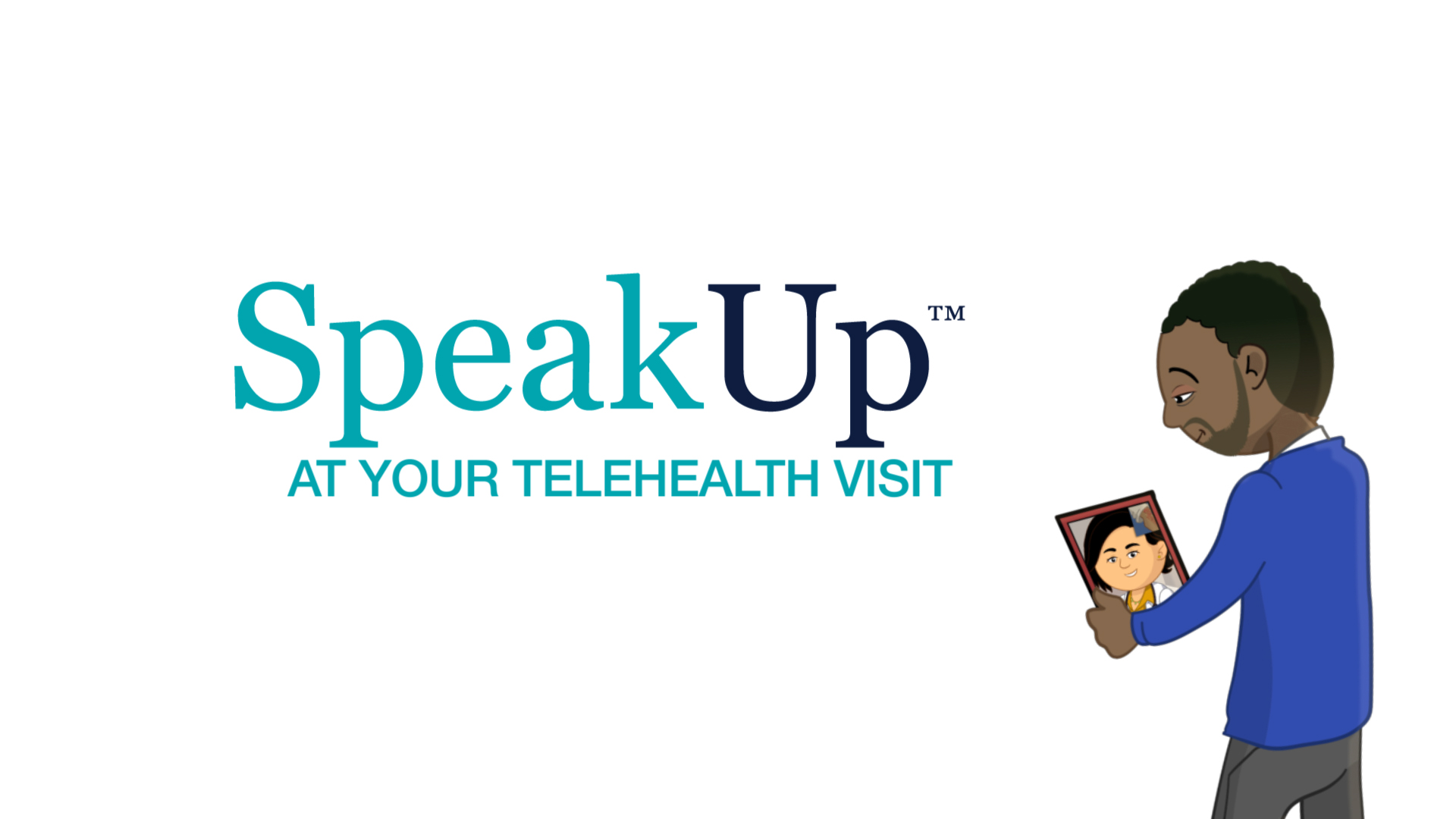By Christina Cordero, PhD, MPH, Project Director, Healthcare Standards Development
Telehealth is becoming a mainstay of healthcare – providing patients and their providers options for accessing care. Now, patients can start therapy, ask their doctors follow up questions, and even monitor chronic conditions from the comfort of their homes via video call.
Telehealth exploded in popularity during the pandemic because it provided access to high quality care while social distancing. Almost overnight, patients and providers needed to adapt the way they seek and provide care, respectively. However, navigating this new care landscape may have been challenging for patients who didn’t know what to expect.
Now, healthcare organizations have several years’ experience providing telehealth on a larger scale, and The Joint Commission has learned more about the ways in which patient participation can help improve the telehealth process. As a result, The Joint Commission’s new patient safety campaign, Speak Up™ At Your Telehealth Visit, provides patients guidance on preparing for their telehealth visit. Patients should:
- Know the types of visits for which telehealth is effective. Not all visits are a good fit for telehealth. Telehealth may work for:
- therapy or counseling sessions
- monitoring chronic conditions using a hybrid approach – that is, alternating in-person visits with telehealth evaluations
- prenatal care
- genetic counseling
- following up after an in-person visit
- observation for contagious, acute respiratory viral illnesses
- Read any instructions sent by a doctor’s office or care team. Each provider or office may have different instructions for accessing video call software. Patients should be sure to go over these ahead of time to be on-time to their appointments.
- Check with insurance providers to make sure telehealth is covered. Due to the COVID-19 pandemic, many insurance providers expanded coverage for telehealth, making it more accessible than ever.
- Ask for assistance to communicate effectively. If a patient needs closed captioning or a language interpreter, they should let their provider’s office know in advance of a telehealth appointment.
- Write down any questions or any information the care team has requested in advance. Sometimes, patients get into an appointment and forget everything they wanted to talk to their provider about. They can avoid this by having the information in front of them during the appointment.
- Keep a list of medications and symptoms. Providers will ask for these, so it’s important to have them ready.
- Test any equipment. Patients should know how to use the video and audio features of their device, whether it is a mobile phone, tablet or computer.
- Find a comfortable, quiet and private place for your appointment. The location should be well lit so the provider can see the patient clearly.
- Be prepared to troubleshoot equipment. The technology component of telehealth adds an additional layer of potential complications to an appointment. Patients should make sure their device is fully charged and has a strong internet connection before logging into their appointment.
In addition, not all patients will mesh with all types of visits completed via telehealth. Patients who are less comfortable with technology or patients who prefer that that in-person rapport with their provider may choose a traditional office visit instead.
The Speak Up At Your Telehealth Visit campaign contains several assets for patients, including a poster and video in English and Spanish. To learn more, visit the Speak Up webpage.
Christina Cordero is a Project Director, Healthcare Standards Development in the Division of Healthcare Quality Evaluation at The Joint Commission. She leads standards development projects for new accreditation and certification requirements across multiple settings and programs. She also serves as a subject matter expert for several topics, including health care equity, antibiotic stewardship, and telehealth. Prior to joining The Joint Commission, she conducted basic science and public health research at Northwestern University’s Feinberg School of Medicine.




